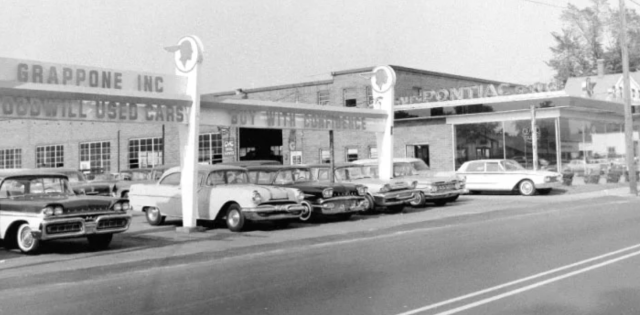I get asked every week by NADA Academy Students, “If tracking lost sales is so important, why do our parts department managers brush it off like it’s no big deal?” Well there could be many reasons. To explain I will attempt to relate it to something I feel everyone understands.
We have all been sitting in the dentist chair at some point in our lives (hopefully every six months) and the question we know the hygienist and the dentist are going to ask is, “Have you been flossing regularly?” To which most of us quickly reply “of course” knowing full well the last time we flossed was an hour before the appointment to give the appearance we floss regularly. Just as flossing is an integral component to improving and maintaining healthy teeth and gums, tracking lost sales is a key factor in obtaining and maintaining a healthy, current and profitable inventory.
From my first day as a Parts Manager I knew that lost sales should be tracked, but like most parts department managers I struggled to do it with consistency. Even if I was laser focused on it, it was hard to get everyone in the department consistently engaged and focused on the lost sales tracking mission. Frankly, I had very little motivation to keep trying because unlike the dentist and flossing, there was no one to hold me accountable. If the parts department didn’t track lost sales, who would? Were there any tangible consequences to not tracking them? After all, I was still phasing in new part numbers every day without a process to track lost sales. Occasionally the GM would ask if I was tracking lost sales (usually after returning from a 20 Group meeting) and I would answer the same way I answer my dental hygienist. “Of course!”
In my experience this is the case for most parts department managers. Not only are they all aware of the concept of tracking lost sales, effective execution of lost sales tracking has been a topic of much debate in the profession since the inception of the parts department. However, it is rarely included in a handbook of processes, list of expectations, coaching conversations, or performance reviews. All of which would help ensure this critical lever is pulled, thereby optimizing parts and service department health, operational efficiency, and overall profitability.
So why then should we bother to track lost sales?
Remember, I was considered a successful parts manager, phasing in new parts daily without a consistent process for tracking lost sales. But how many more parts could I have phased in? Was my inventory on the forefront of the demand curve or always lagging behind?
Just as a dentist fills cavities in your tooth’s enamel, tracking lost sales will help fill the holes in your parts department inventory. The sooner we get these holes (cavities) filled, the sooner we can realize the benefits of a healthy inventory such as: fewer special orders, higher technician proficiency, increased gross profit due to lower acquisition costs i.e.…fewer emergency purchases, lower freight and loaner car expenses. While these factors may not all be tangible, they do impact the overall health of dealership fixed operations and can significantly impact the bottom line. As profit margins continue to be compressed, tracking lost sales is a great way to help retain gross and ensure you have the right mix of inventory at the right time. Which in turn leads to higher customer and employee satisfaction and retention. So make tracking lost sales a priority. Put a documented process in place, train your staff, hold yourself accountable for the outcomes……and floss too.
Learn more about tracking lost sales and other current issues at our upcoming Advanced Parts Management Seminar, March 25-29 at the NADA Headquarters in Tysons, Va.










